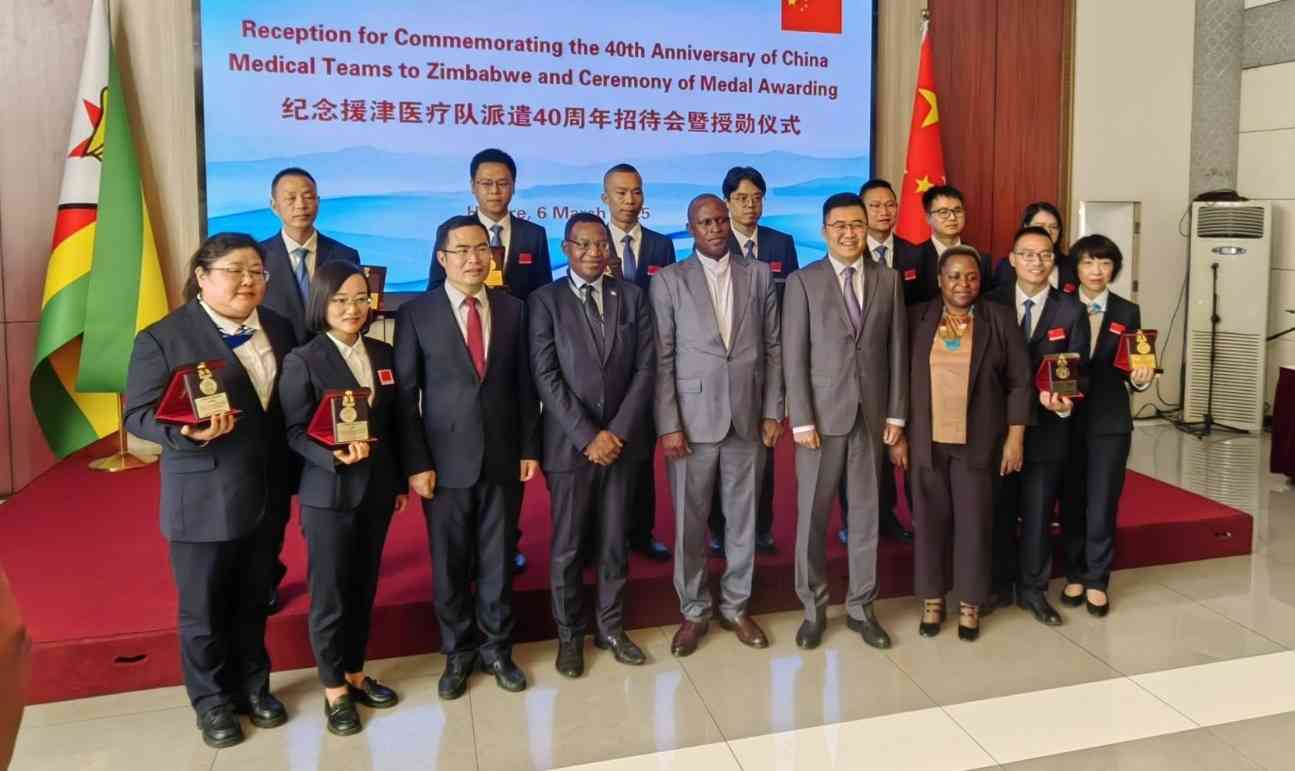Mobile banking has undeniably provided an opportunity for both bank and non-bank players to make in-roads into the unbanked market in Zimbabwe. Financial Sector Spotlight with Omen Muza
The single biggest weapon in the mobile money transfer services (MMT) arsenal — EcoCash — is, however, effectively in the hands of a non-bank player and it has made significant inroads into traditional banking territory.
While banks are expected to wage a sustained battle for a piece of the unbanked pie, it would be unwise for them to concentrate only — or mainly — on that without also coming up with strategies for protecting their existing customers from the onslaught of game-changing MMT products such as EcoCash. In their quest to craft appropriate strategic responses, banks have responded in basically two ways.
Some have adopted the simple unipolar strategy of signing up for EcoCash while others have opted for the bipolar approach of deploying proprietary mobile banking products that compete directly with EcoCash for new business, alongside products aimed at protecting their existing customer base.
In this instalment, I look at how Barclays is using a double-pronged approach which has additive and transformational elements to position itself in the increasingly competitive mobile payments space.
Cashsend Barclays Bank is currently promoting Cashsend, a money transfer solution which enables those possessing Barclays debit cards to send money to anyone in Zimbabwe.
Keep Reading
- Chamisa under fire over US$120K donation
- Mavhunga puts DeMbare into Chibuku quarterfinals
- Pension funds bet on Cabora Bassa oilfields
- Councils defy govt fire tender directive
The money sent can be redeemed at any of Barclays’s 45 ATMs through the cardless method pioneered in Zimbabwe by Kingdom Bank. The fact that the remittances can be redeemed at only 45 ATMs countrywide is obviously a limitation, considering that transfer is meant to be to anyone in Zimbabwe.
I consider Cashsend as primarily an “in-house” payment solution that meets the money transfer needs of existing Barclays customers, thereby preventing them from seeking alternative external payment products. Being available only to Barclays’ customers on the sender’s side, Cashsend is an additive product because it is an additional channel available only to existing customers. Hello Money
According to Barclays, Hello Money offers customers the convenience of transacting from anywhere at any time from their mobile phones. The facility offers options to transfer funds from a registered account to any Barclays account or to an account at another banking institution within Zimbabwe.
In order to enjoy the benefits of this product you don’t necessarily have to be a Barclays account holder, but a registered user, making Hello Money a transformative product that seeks to grow Barclays’ share of mobile money services.
This is why Barclays sought access to a bigger market provided by the Econet and Telecel networks through which Hello Money is currently available.
Having opted not to integrate with EcoCash as others such as Agribank, CBZ Bank, NMB Bank, Stanbic Bank, Allied Bank and ZB Bank have done, through Hello Money Barclays joins the likes of CABS (textacash), FBC Bank (Mobile Moola) and Kingdom Bank (Cellcard) that possess branded proprietary mobile banking products. From a revenue perspective, I think how it works better for Barclays and others in the latter group is that when, for instance, a customer transfers money from a Barclays account into the Hello Money mobile wallet, Barclays still benefits from subsequent transactional activity through the mobile wallet.
Presumably however, Barclays has to pass on an agreed portion of this transactional revenue to Econet and Telecel for providing their USSD gateways which facilitate both transactions and access to a wider customer base.
As for the banks that integrated with EcoCash without proprietary mobile banking products, once the client transfers money from the bank’s books into the EcoCash Wallet, the bank no longer benefits from subsequent transactional income, which now accrues to EcoCash.
Since Hello Money is comparable to EcoCash and in fact appears to be meant to compete with it, it is tempting to compare some of their current features.





